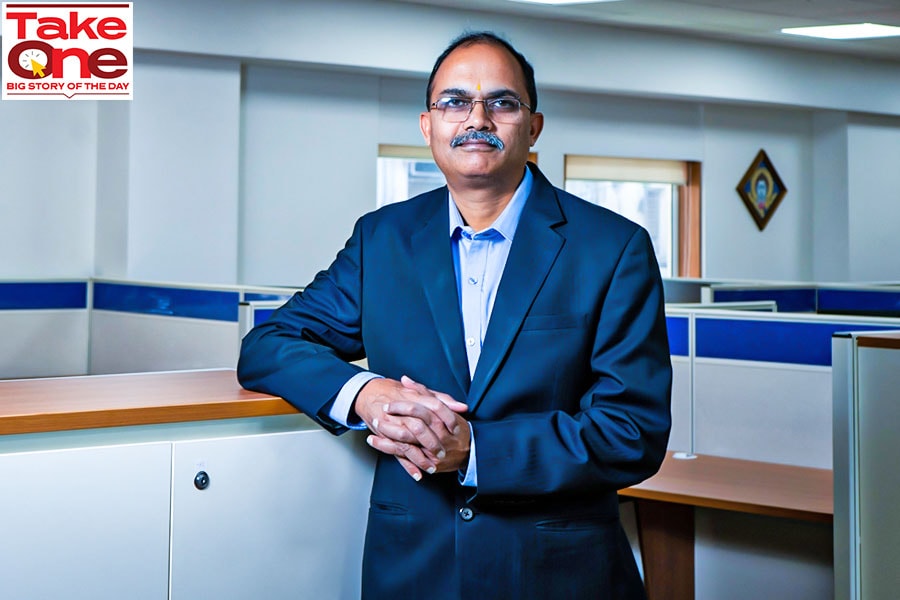There isn't room for current market multiples to move up: Prashant Jain
In part two of the interview, the market maven talks about three investing mistakes he made and why investors need to temper expectations of high equity returns in the coming months
 Prashant Jain, Founder, 3P Investment Managers Pvt Ltd
Image: Neha Mithbawkar for Forbes India
Prashant Jain, Founder, 3P Investment Managers Pvt Ltd
Image: Neha Mithbawkar for Forbes India
Prashant Jain, also known as the Don Bradman of the Indian mutual fund industry, believes equity returns of the past three-four years must not be extrapolated and expectations of future returns must be "very modest and realistic" as "there isn’t room for market multiples to move up" substantially.
"I think markets are pricing in the strong economic growth momentum. It is time to moderate one’s market returns expectations. It’s becoming harder to find value," says Jain, CIO and fund manager, 3P Investment Managers, in the second part of an in-depth interview with Forbes India. “We expect returns from the broader market to track corporate earnings which should be around 12 percent CAGR in the long-term."
The former chief investment officer of HDFC AMC shares investing lessons from three mistakes he made over the past 30-odd years as one of the country’s most successful fund managers. “We don’t succumb to the temptation of lower valuations. We would be a little more patient and a bit more tolerant of higher valuations for great businesses and target to hold them for longer periods,” he explains.
From experience Jain has learned not to succumb to pressure: “When a certain part of the market was doing exceedingly well… one may have participated in some of those companies just to hedge our performance. Again, we have seen over time, while that hedge may have worked for short periods, but in the end it has eroded value. So, we hope to avoid that.”
The ace investor, who earlier manged funds with a total asset under management (AUM) of around Rs 1 lakh crore, also highlights the need to focus on the size of bets and "not go all in at one go" to cushion risks. “Once in a while, the extent of underperformance was more because the bets were large. Eventually, they worked out. But the pain they caused in the near-term was meaningful,” Jain adds. Edited excerpts:


















